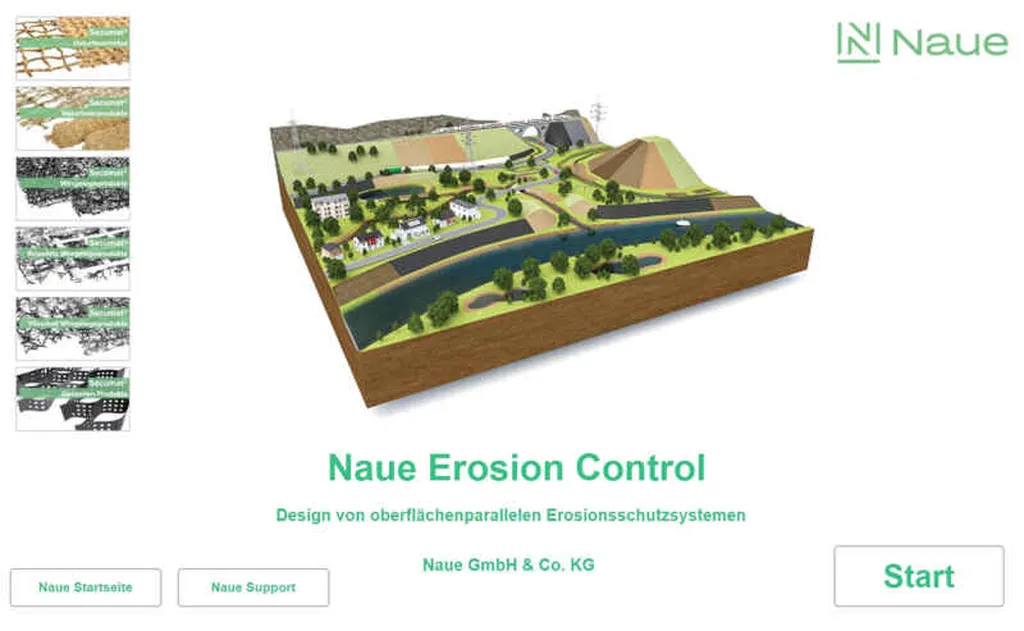In the world of infrastructure development, ensuring the stability and longevity of road and railway embankments is paramount. A recent study published in *Frontiers in Built Environment* (translated from English as “Frontiers in the Built Environment”) sheds light on the accuracy of different design methods for reinforced piled embankments, offering valuable insights for the construction and energy sectors.
The research, led by Juan Felix Rodriguez Rebolledo, compares the predictions from two-dimensional Finite Element Method (FEM) numerical analysis with those from a large-scale instrumented physical model. The study’s focus on stress redistribution and load transfer mechanisms is crucial for preventing failures and large deformations in embankments.
Rebolledo and his team employed advanced instrumentation, including load cells at the head of one of the piles and total stress cells at various depths, to gather precise data. “The instrumentation allowed us to validate our numerical models and compare the predictions from different standard design methods,” Rebolledo explained. This validation process is a critical step in ensuring the reliability of the models used in real-world applications.
The study examined the vertical stress applied to the pile caps, total stresses, and efficiencies predicted by each model. The findings revealed that the concentric arches method best predicted both the stress at the pile cap and the model’s efficiency. This method’s superior accuracy could significantly impact the design and construction of reinforced piled embankments, potentially leading to more stable and cost-effective infrastructure projects.
For the energy sector, the implications are substantial. The construction of pipelines, power lines, and other energy infrastructure often requires stable embankments. Accurate design methods can reduce the risk of failures, minimize maintenance costs, and enhance the overall safety and efficiency of energy projects.
As the demand for reliable and sustainable infrastructure grows, the insights from this study become increasingly valuable. “Our findings can help engineers and designers make more informed decisions, ultimately leading to better-performing and more resilient structures,” Rebolledo noted.
The research published in *Frontiers in Built Environment* not only advances our understanding of reinforced piled embankments but also paves the way for future developments in the field. By refining design methods and improving predictive models, the construction and energy sectors can achieve greater efficiency, safety, and sustainability. As the industry continues to evolve, such studies will be instrumental in shaping the future of infrastructure development.

